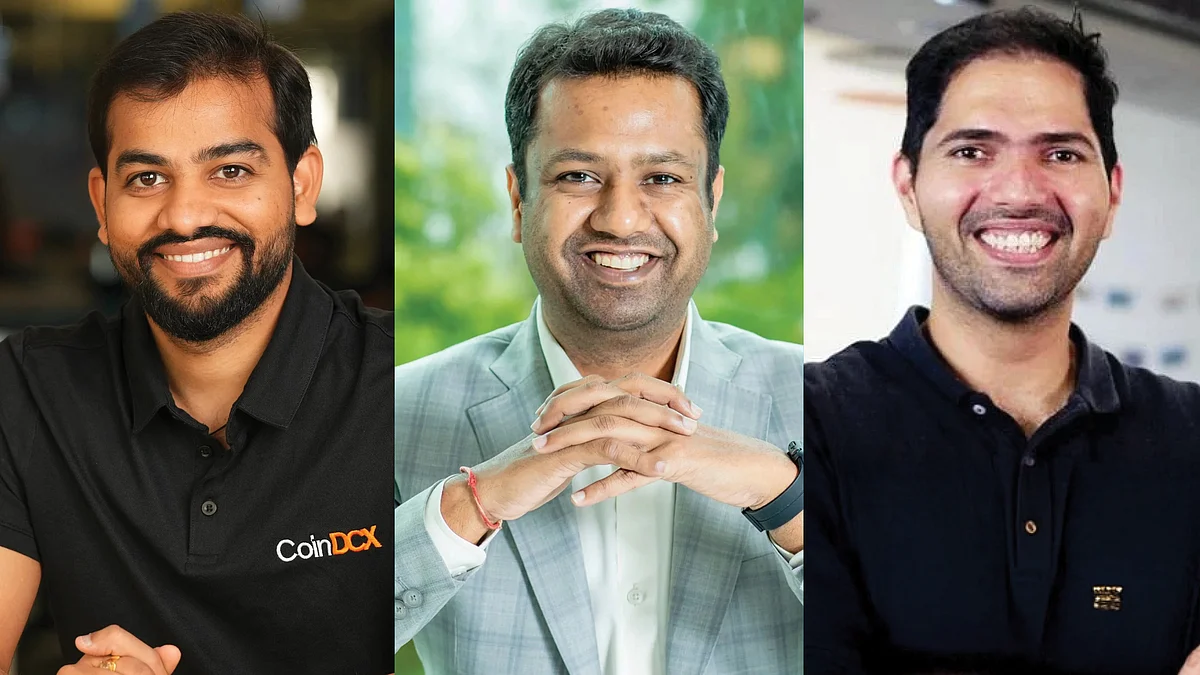
“We hope the paper outlines a practical, forward-looking path to regulation. One that supports experimentation through sandboxes, enables tiered compliance, and creates a licensing framework. It’s time to move from a defensive stance to one of responsible enablement.”
Gupta also calls for a clear framework that helps distinguish between different types of crypto assets to explore their real-world use cases.
Stakeholders also think a one-size-fits-all model may not work in India and that there’s a need for regulatory clarity, especially around different types of assets. “A one-size-fits-all model may not suffice, given the fundamentally different roles these assets play. Bitcoin is increasingly treated as a digital store of value, stablecoins are crucial for real-time money movement and settlement, and many altcoins, such as Ethereum and Solana, serve as infrastructure for Web3 and decentralised applications,” says Edul Patel, Co-founder and CEO of Mudrex.
The demand for nuance extends beyond asset classification to policy being tech-neutral and activity-focused. “India doesn’t have to choose between public and private blockchains; both have distinct strengths, and both can thrive together. Public blockchains are powerful because they’re open, transparent, and composable. They’re the foundation for many innovations. At the same time, permissioned blockchains have their place for use cases suited to their strengths. The focus should be on how the technology is used and what safeguards are in place—not on which chain is used,” says Gupta of CoinDCX.
Singhal echoes the sentiment, saying private cryptocurrencies can play a larger role in a private setting, but public cryptocurrencies could be very big in creating large organisations, which are not favoured towards one set of users or the other. “Public blockchains would have their future.”
He also reiterates the point that India can lead not just domestically but globally if it takes timely action in regulating crypto as an industry. The paper should give the industry a chance to engage meaningfully, he says. “We are hoping our inputs have been considered in the paper already, but the good part of a discussion paper is that we will be given a certain amount of time to respond and provide our comments, and we are waiting for that opportunity.”
Singhal says the government’s crypto paper could talk about different aspects, not just cryptocurrency and blockchain. “It could be many things like stablecoins, NFTs, trading, altcoins, DeFi.”




